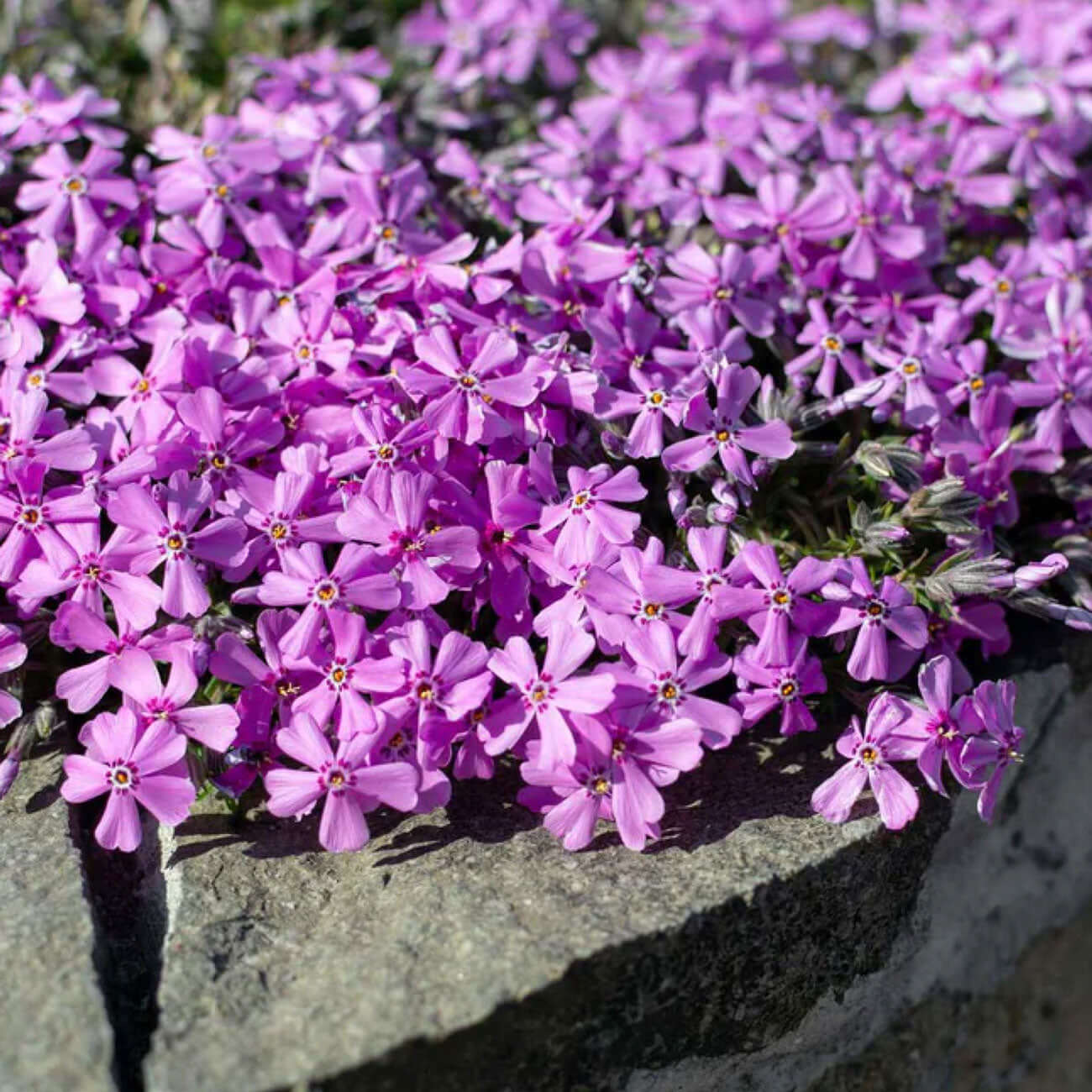Flowering vines are aesthetically pleasing and ecologically efficient. During the growing season, they offer bright, delicate blooms and control weeds and erosion along sharp slopes or hillsides.
Our Flowering Vines Are Native
TN Nursery specializes in climbing plants so that you can bring a hint of grace to the yard. We are proud to provide a variety of species that most box stores would classify as 'weeds.' Native plants are our specialty, no matter where you live in the U.S.
Imagine walking into your backyard and seeing vibrant flowers growing vertically and covering the ground. It sounds like something you would only see in movies. So, how do you turn a bare wall into a stunning view that is vibrant and teaming with wildlife? Try flowering vines.
Flowering vine plants have become a go-to choice for homeowners because of their beauty and ease of maintenance. Fully matured vines add color to empty fences or walls, making a stunning difference in the whole garden's appearance. It's like accessorizing your backyard.
These plants need a structure to grow on, and it may take a few years to achieve full maturity before they can deliver flowers. TN Nursery has a range of beautiful flowering vines in different colors and textures. We have something for everyone, whether you want vibrant pink flowers or yellow.
Featured Flowering Vine Plant Collection
TN Nursery has a range of stunning flowering vines suitable for different weather patterns. Before you choose any flowering vine plant for your garden, you must consider the location and weather conditions.
Among the top is the Periwinkle Plant, an herbaceous perennial and low-growing plant that offers a dense evergreen ground cover. With beautiful small violet-blue blooms, it's a popular choice to add color and aesthetics to your outdoor space.
Trumpet Vine Is A Stunning Flowering Vine
Trumpet Vine is another popular option known for its dramatic trumpet-shaped orange-red flowers that offer shelter and food to different pollinators. If you're looking for more of a bright yellow option, Creeping Buttercup is an excellent addition to any garden design.
We also have Wild Geranium, Sweet Violet, Hasta, and other flowering vines for sale. Discover our entire collection to find the perfect vine plant for your garden.
Our Best-Selling Flowering Vines
Creeping phlox: Imagine a delicate carpet of pinkish-purple flowers growing around those hard-to-cover areas. Sweet violet: Although it was once unfairly labeled a 'weed,' the sweet violet yields a beautiful flower (that makes a delicious jelly!). Wisteria: This vertical wonder is a fan favorite for fences and walls. Even with limited yearly maintenance, you can go right with its fragrant purple blossoms.
Remember that all the above comes with TN Nursery's 100% guarantee.
